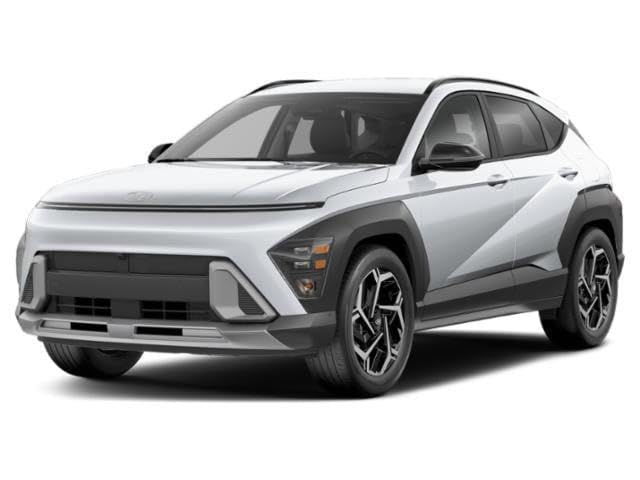Price [See In Cart]—2026 Hyundai Kona SEL Premium Specifications
 By being informed and prepared, buyers can drive away with confidence, knowing they've made a smart investment. — New 2026 Hyundai Kona SEL Premium — [See in cart]
By being informed and prepared, buyers can drive away with confidence, knowing they've made a smart investment. — New 2026 Hyundai Kona SEL Premium — [See in cart]Find out more.
It really does. Because when engineering becomes pure impulse, the resulting machine transcends simple utility. The world often demands conformity in a chassis or predictability in a drivetrain, yet history is littered with brilliant, unexpected exceptions—vehicles born from a magnificent obsession, designed not to follow a trend, but to defy the laws of common sense entirely. These are the machines that capture the imagination, forcing a smile and a moment of genuine awe at human audacity.
The true marvel is often tucked away in the forgotten corners of the design blueprint. Consider the Amphicar Model 770, manufactured between 1961 and 1968. It was a production vehicle requiring dual registration, both as a motor vehicle and a watercraft. Its design involved a four-cylinder Triumph engine located in the rear, driving either standard road wheels or dual propellers. This duality meant compromise in both realms; it was a slow boat and a mediocre car. Yet, the sheer delightful absurdity of driving directly into a lake, watching the front wheels tuck under the splash, remains an unmatched stroke of silliness.
Propulsion Paradoxes
The internal combustion engine, standardized though it may be now, has offered some truly strange deviations. We accept pistons and cylinders as immutable. But what about the beautiful, almost unsettling simplicity of the Wankel rotary engine? Unlike a typical engine, the Mazda 787B that famously won the 24 Hours of Le Mans in 1991 employed four rotating triangles within oval chambers, offering unparalleled power density and a shriek of an exhaust note that sounded like ripping silk. It was banned shortly thereafter, largely because it was so radically different.
Then there is the persistent, low-humming whisper of the past: steam power. Stanley Motor Carriage Company was producing vehicles into the 1920s that utilized a flash boiler system. These cars had no clutch, no gearbox, and often no brakes on the axles—only on the drive shaft. The smoothness was supernatural. They held land speed records early in the 20th century, reaching speeds exceeding 120 mph on the Daytona beach sand. A silent, terrifying rocket powered by fire and water. Such elegance.
Unorthodox Chassis
The urge to build cars for two, perhaps three passengers, led to some visually jarring yet fascinating designs. The English-made Bond Bug, produced only for four years starting in 1970, was instantly recognizable. Its bright orange fiberglass shell and three-wheeled layout—two in the rear, one steerable in the front—made it look like a highly stylized wedge of cheese. Entry was achieved by lifting the entire forward canopy, not traditional doors. This design was inherently inefficient, a fact the engineers likely shrugged off with cheerful indifference. They prioritized visual impact and maximum quirkiness.
The world needs these unusual experiments. Because every time someone asks why, another brilliant mind says, "Why not?" It’s the very essence of human exploration, miniaturized and put on wheels. They were rarely commercially successful.
• Amphicar 770 The only non-military amphibious passenger vehicle mass-produced for sale to the public.• Wankel Rotary Engine Achieved a major Le Mans victory with a fundamentally different power cycle, using rotating rotors instead of reciprocating pistons.
• Stanley Steamer Required only around 30 seconds to produce usable driving steam pressure by the 1920s, eliminating the extensive startup times of earlier models.
• Bond Bug A three-wheeled vehicle where the passenger and driver gained access by pivoting the entire forward section of the car upwards.
There is a deep, abiding satisfaction in knowing that somewhere, a small group of engineers decided that a four-wheeled sedan was too limiting. That the ideal vehicle should also serve as a passable fishing boat. That an engine shouldn't reciprocate, but should simply spin. These machines are artifacts of glorious impracticality. They teach us that sometimes, the most sophisticated answer is the simplest, most delightfully unconventional one. And that’s a lesson worth remembering.
Get It On Amazon ::: (brought to you by Kiitn)
▷ Find out more.
HYUNDAI New 2026 Hyundai Kona SEL Premium Price, $31, 491.00 $ 31, 491 . 00 Excl. govt fees, taxes and $899.00 $899.00 in dealer fees Rebates may apply Total MSRP: $32, 265.00 Total MSRP: $32, 265.00 $32, 265.00 FREE pickup Danbury Hyundai - Danbury - 06810 approx. 57 miles Color : Atlas White Interior : Black Leather Drivetrain : All Wheel Drive Engine : 190 hp 1.6L 4-cylinder Gasoline
#Ad Our articles include affiliate links: If you buy something through a link, we may earn a commission 💕
[ Add To Cart ]
Comments
Post a Comment